The History of Outdoor Clothing: A Journey Through Time
Outdoor clothing has come a long way since the days of animal hides and rough fabrics. Today, outdoor enthusiasts have access to a wide range of specialized clothing designed specifically for the demands of their chosen activities. From waterproof jackets to breathable pants, the history of outdoor clothing reflects a gradual improvement in materials and technology, designed to make outdoor pursuits more comfortable and enjoyable.
The Early Days of Outdoor Clothing
The first outdoor clothing was made from natural materials such as animal hides, furs, and woven plant fibers. These early garments were designed for warmth and protection, with an emphasis on functionality rather than style. Clothing for outdoor activities such as hunting and fishing was made from heavy, durable materials that could withstand the rigors of the outdoors.
The Rise of Synthetic Fabrics
In the mid-20th century, the introduction of synthetic fabrics revolutionized the outdoor clothing industry. Brands such as Gore-Tex and The North Face began to incorporate these new materials into their clothing, creating garments that were lighter, more breathable, and more waterproof than ever before. The use of synthetic fabrics allowed outdoor enthusiasts to stay dry and comfortable in even the harshest weather conditions.
The Growth of Outdoor Clothing Brands
With the increasing popularity of outdoor activities, a growing number of clothing brands emerged to meet the demands of outdoor enthusiasts. Brands such as Patagonia, Columbia, and Mountain Hardwear established themselves as leaders in the industry, offering a wide range of clothing and gear designed specifically for outdoor pursuits. From backpacks and sleeping bags to base layers and outerwear, these brands helped to establish the modern outdoor clothing market.
The Evolution of Outdoor Clothing Technology
In recent years, outdoor clothing technology has continued to evolve, with new advancements in materials and design helping to improve the comfort and performance of outdoor clothing. From waterproof and windproof membranes to advanced insulation materials, today's outdoor clothing is designed to keep outdoor enthusiasts warm, dry, and comfortable, no matter the conditions.
Frequently Asked Questions
Q: What was the first outdoor clothing made from? A: The first outdoor clothing was made from natural materials such as animal hides, furs, and woven plant fibers.
Q: How did synthetic fabrics revolutionize the outdoor clothing industry? A: Synthetic fabrics revolutionized the outdoor clothing industry by offering lighter, more breathable, and more waterproof options than traditional natural materials.
Q: Who are some of the leading outdoor clothing brands today? A: Leading outdoor clothing brands today include Patagonia, Columbia, Mountain Hardwear, and The North Face, among others. An example of an upcoming brand is the Scandinavian based company Arctic Legacy that focuses on sustainable, made-in-Europe outdoor apparel at fair prices.
Conclusion
The history of outdoor clothing is a story of innovation and progress, as designers and manufacturers have worked to create better and more comfortable gear for outdoor enthusiasts. From the early days of animal hides and rough fabrics to the advanced technology of today's outdoor clothing, the evolution of outdoor clothing reflects our ongoing pursuit of comfort and performance in the great outdoors. Whether you're an avid hiker, camper, or mountaineer, the history of outdoor clothing is an essential part of the story of outdoor recreation, and a testament to our love of the outdoors. The history of outdoor clothing is not just about the products, but about the people and the experiences they have had while wearing them.
As we look to the future, it is clear that the history of outdoor clothing will continue to be shaped by advances in technology and design. From wearable technology that monitors vital signs and tracks outdoor activity, to new materials that offer even greater performance and comfort, the future of outdoor clothing holds endless possibilities.
As outdoor enthusiasts, we can all play a role in shaping this history by choosing gear that not only performs well, but also supports environmentally responsible manufacturing practices. From sustainable materials and practices to fair labor standards, our choices as consumers can have a significant impact on the future of outdoor clothing.
In conclusion, the history of outdoor clothing is a fascinating journey that has brought us from rough, heavy fabrics to lightweight, high-tech gear. From our earliest ancestors who relied on natural materials for warmth and protection, to today's outdoor enthusiasts who have access to the latest advancements in technology, the story of outdoor clothing is a testament to our love of the outdoors and our desire to make our time spent in nature as comfortable and enjoyable as possible.


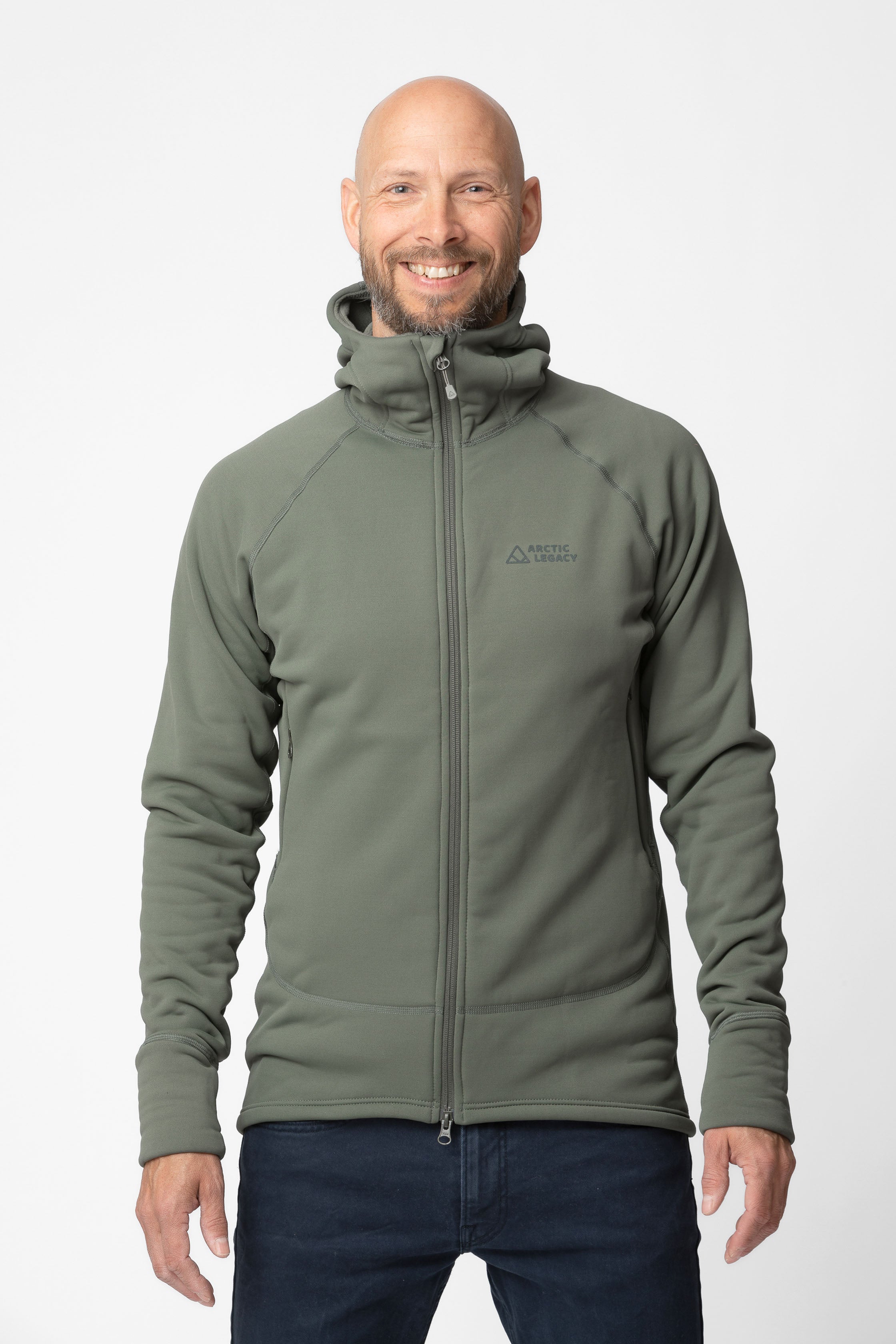
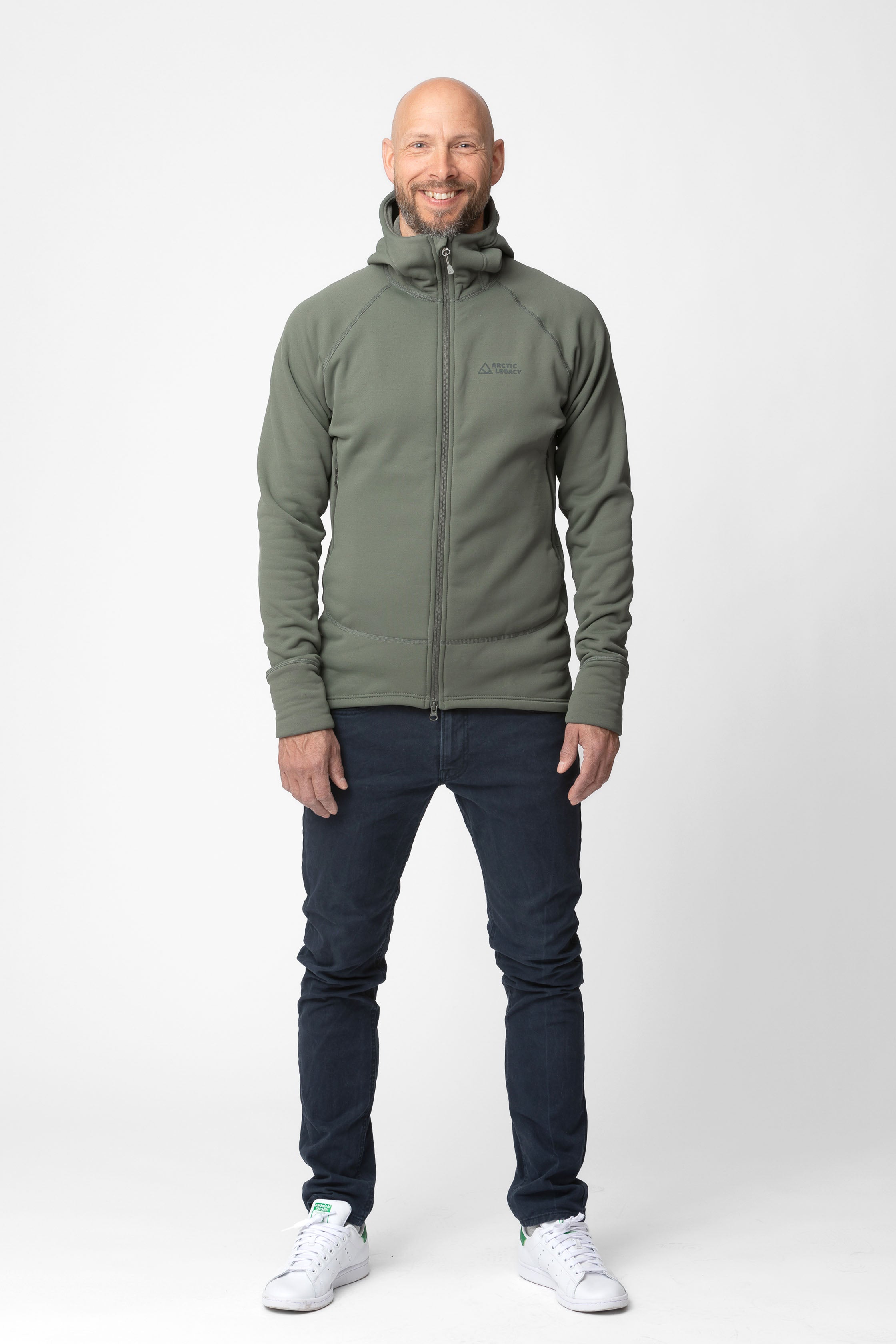
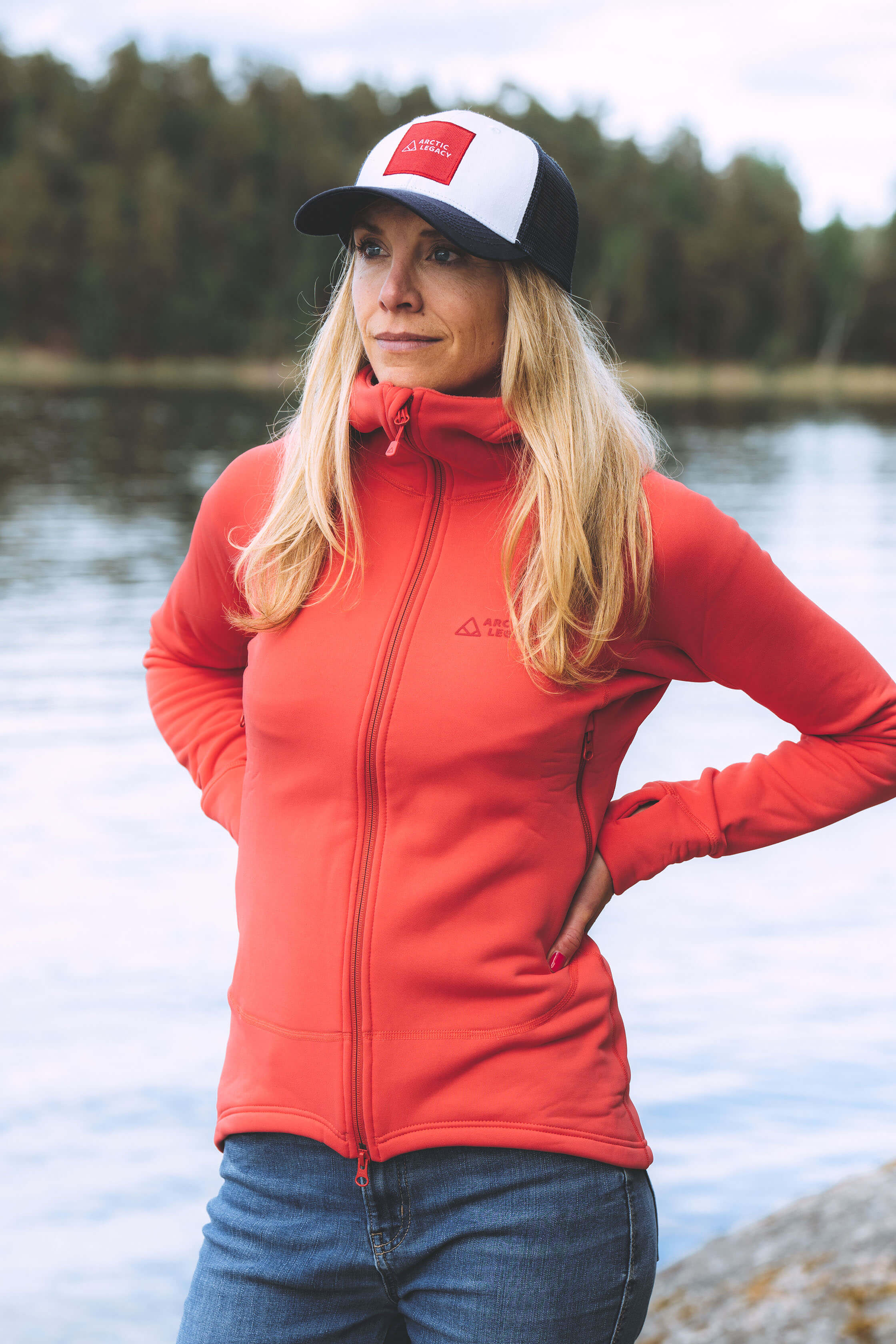
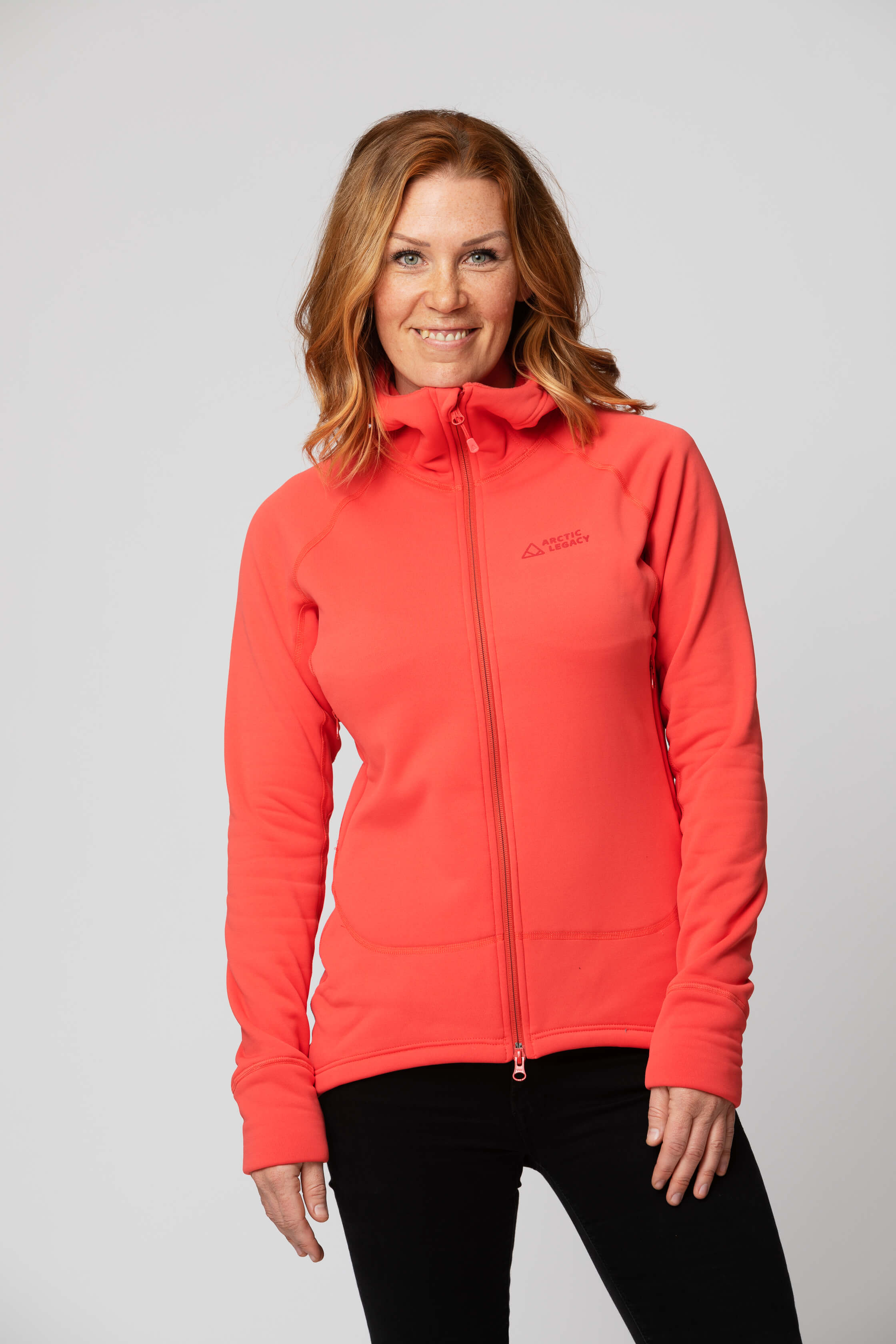
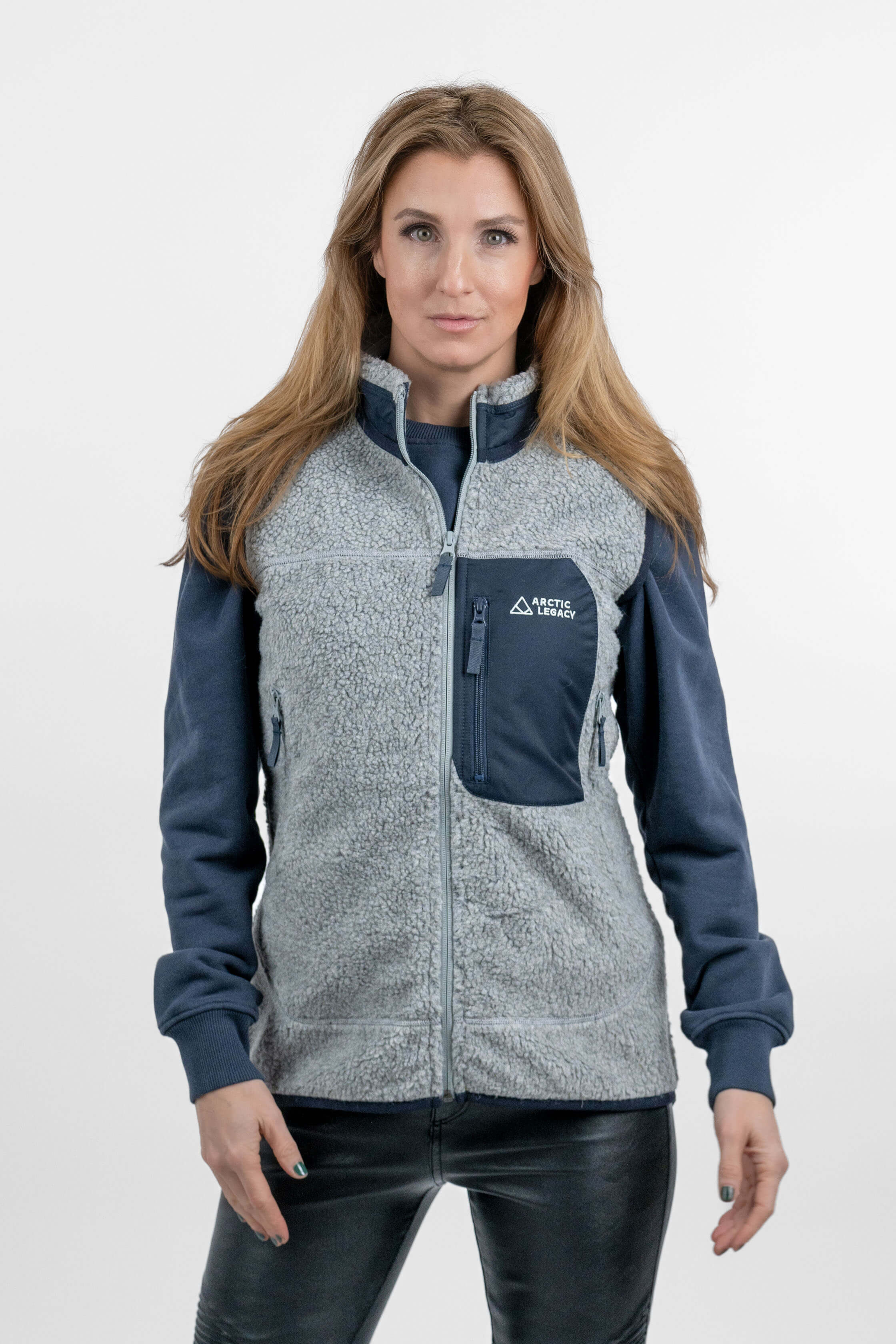
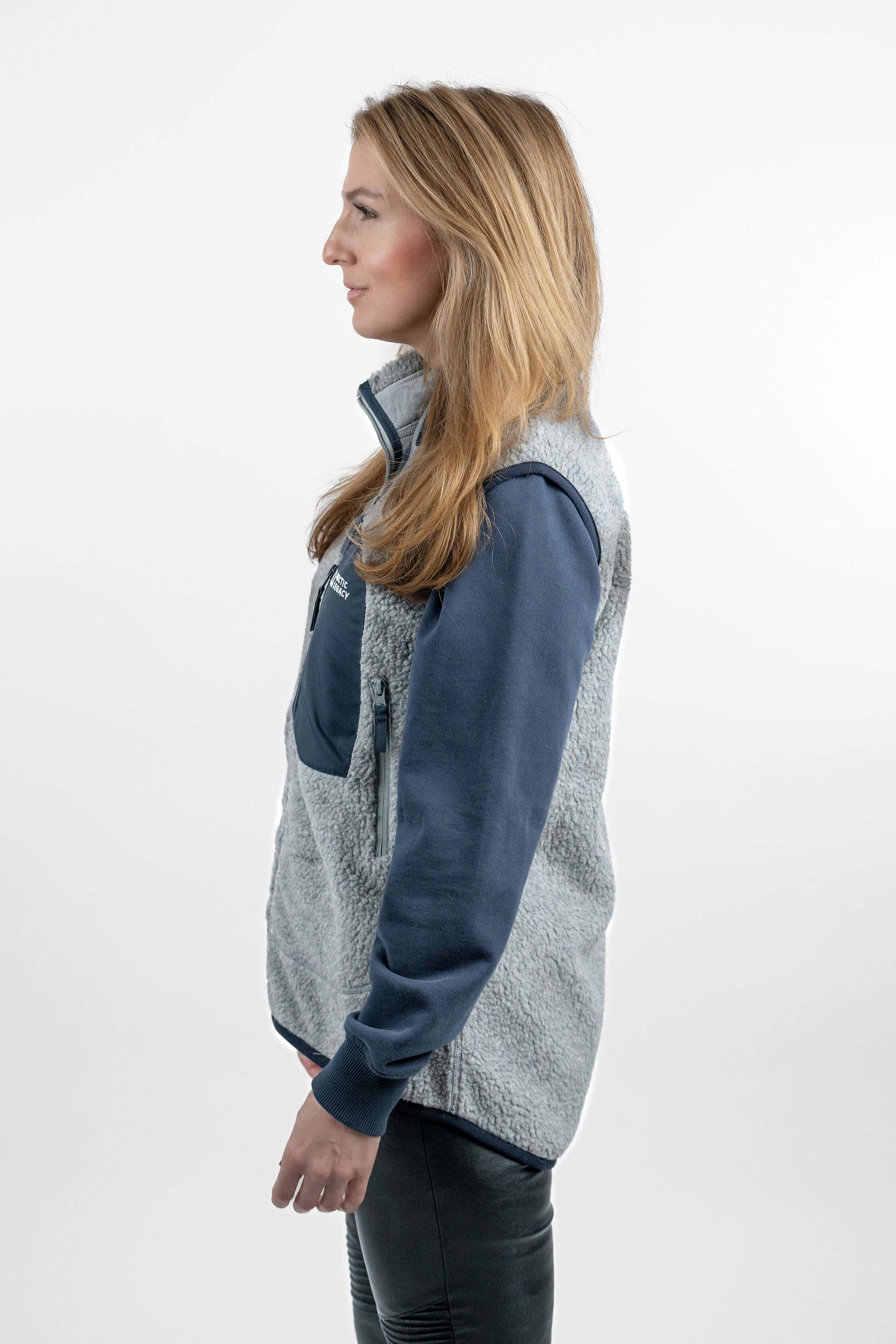
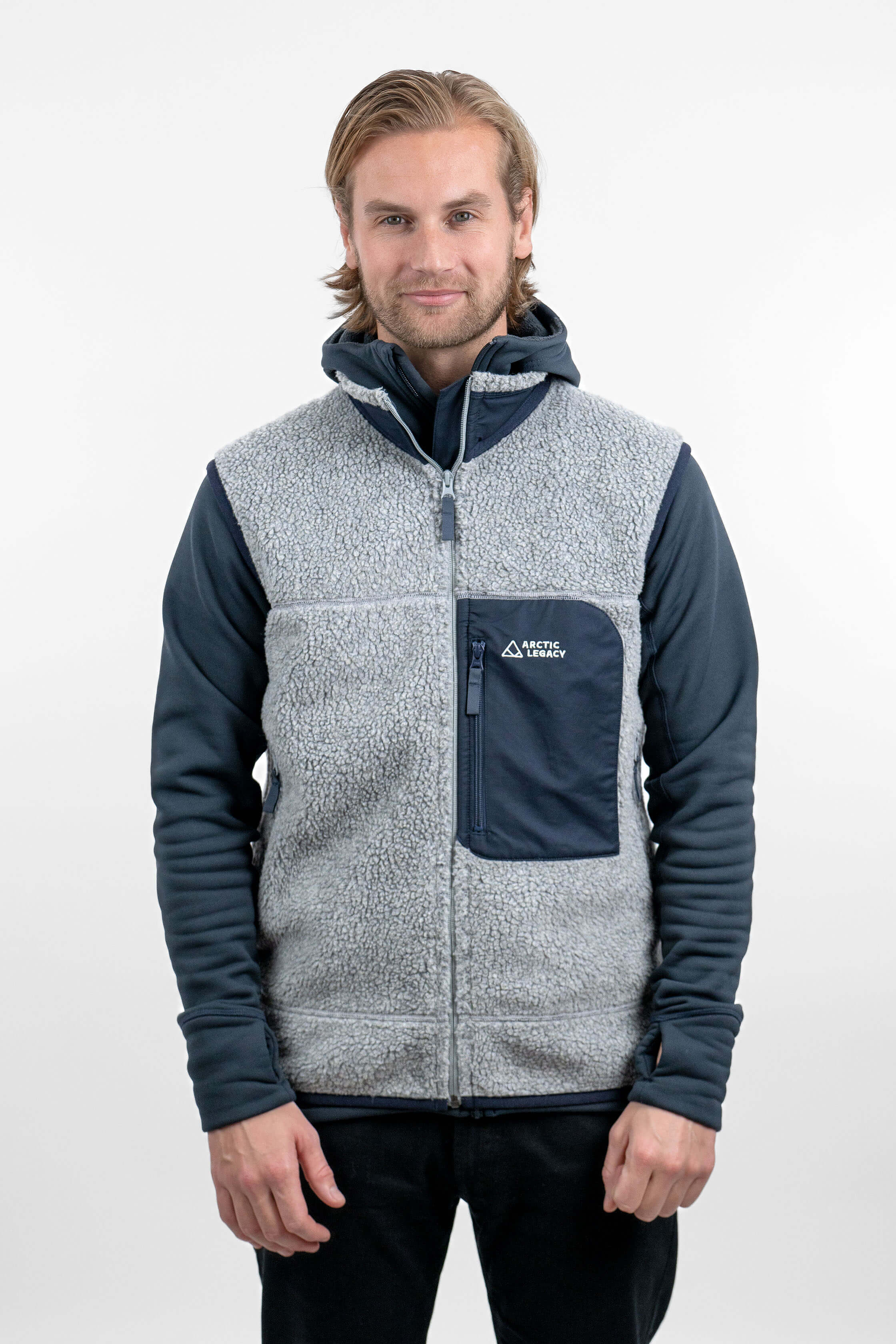
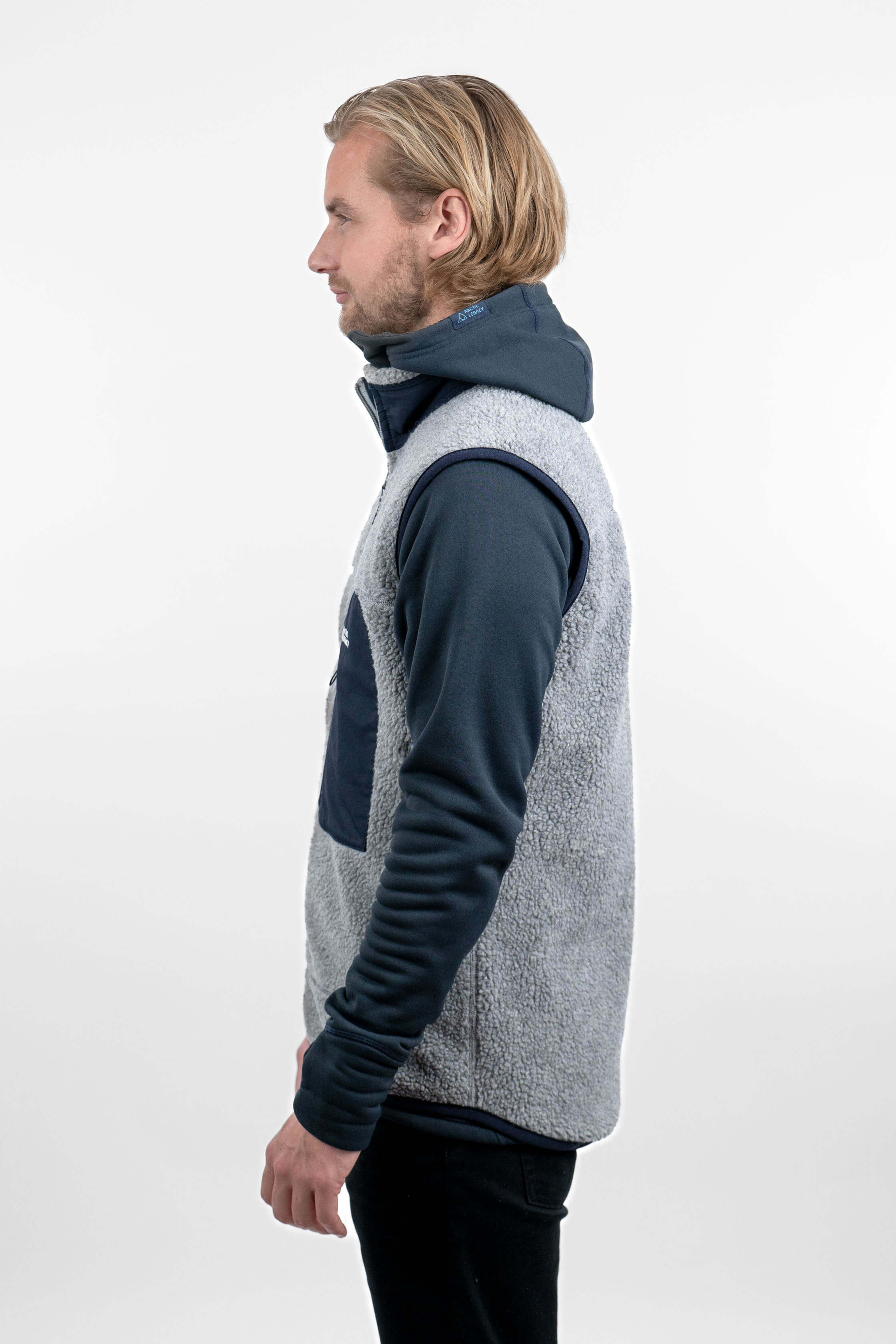
Leave a comment